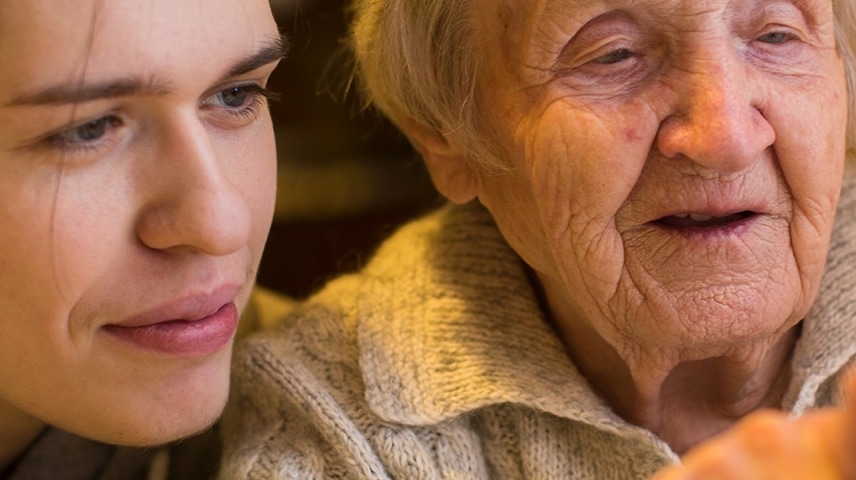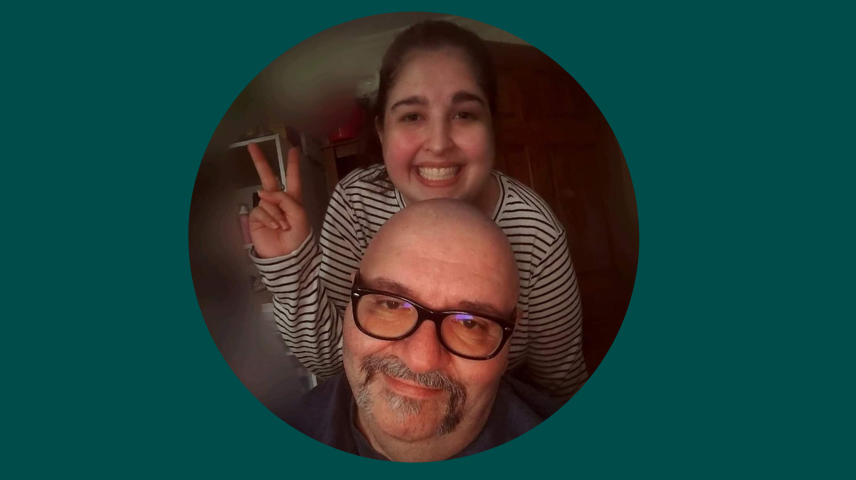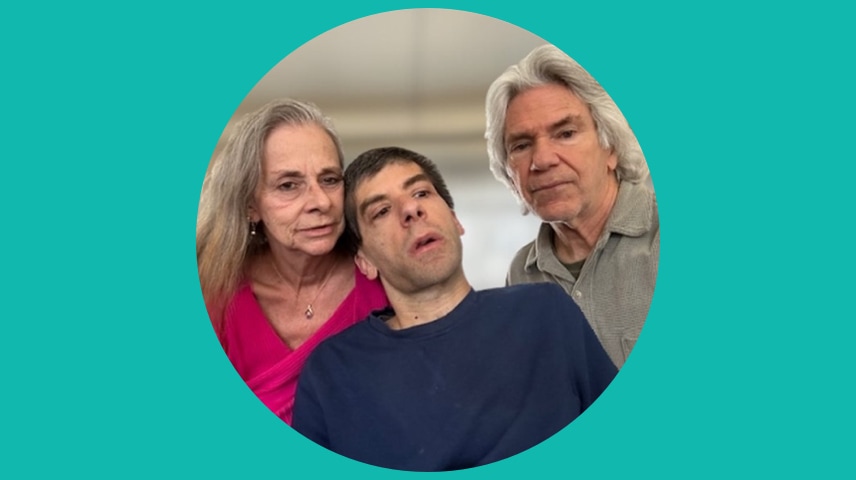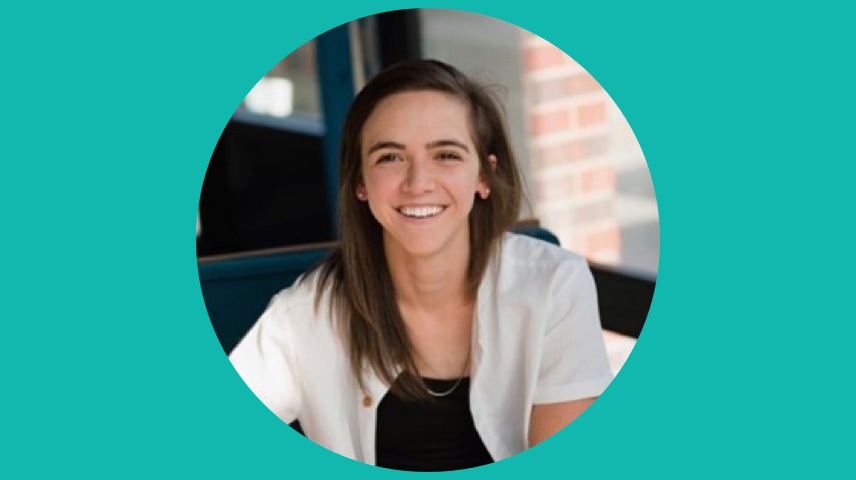EVV: What it is, How it Works and Why is it Important?
By PPL on December 9, 2020

Learn the Facts on EVV: What It Is, How It Works, and Why EVV is Important
As a state department or Managed Care Organization (MCO) supporting a self-direction program, you know first-hand how home based and self-directed care changes lives. Your participants benefit from freedom of choice over who provides their care and they have the ability to make decisions about their care.
We know that it can be difficult to manage payments and accountability. Along with ensuring compliance with the 21st Century Cures Act, EVV makes it easier to reduce fraud and to ensure that your care/support workers are providing the care your participants need. Everyone benefits with EVV – you are confident in the data, your care/support workers are trusted and paid on time, and participants get personalized care.
The deadline for compliance with the 21st Century Cures Act is rapidly approaching. This law is among other things designed to slow Medicaid fraud and abuse rates. EVV is a key component of these measures, requiring clock-in and clock-out times and locations for Home and Community Based Services, including self-direction programs.
EVV is important for you, care/support workers, and participants because it:
- Can help reduce Medicaid fraud and abuse levels.
- Extends costs savings to participants.
- Improves accountability of care/support workers, ensuring that the right care is being delivered when and where it is invoiced for.
- Lays the groundwork for future improved outcomes in the healthcare.
What Is EVV?
EVV technology uses a smart phone or tablet to record your care/support worker’s start time and location at start time, then their end time and location at end time. EVV helps ensure that participants receive consistent services.
EVV mobile technology makes it easy for you to collect crucial details about home-based care services, including:
- The type of service performed.
- The name of the person who received the service.
- The date the service was provided.
- The location of the service delivery during clock-in and clock-out.
- The name of the person who provided the service.
- The start and end times for the service.
The Three Types of EVV
There are three types of EVV solutions that allow state departments and MCOs, care/support workers, and participants to comply with the 21st Century Cures Act:
- Biometric Recognition
A dedicated hardware device is installed in participant homes and is used to record the care worker’s fingerprint at the start and end of care delivery.
While this system is straight-forward, it’s very easy for care/support workers to forget to check-in, check-out, or both. This puts extra stress on participants to remind their care worker to use the biometric device. Additionally, these devices are costly and must be installed in the participant’s home, creating inconvenience and making it difficult for participants to remain active in the community. - Telephony
This phone-based check-in and check-out service requires the care worker to use the participant’s landline phone to dial a toll-free number, then having to navigate a menu using the number pad. Due to the call-in nature of the system, there is also little line-of-sight into hours worked or hours needing approval.
Another simple process but according to a 2018 National Health Interview Survey (NHIS), less than half of surveyed Americans have a landline, making telephony EVV a less viable option for the general population. In addition, participants and care/support workers are tied to the home, making it very challenging for participants to attend workshops, classes, and out-of-home therapies. - Mobile Technology
This mobile device based EVV app solution is installed on care worker mobile devices and uses GPS technology to collect vital details on the care provided.
This approach takes advantage of existing technology and is particularly ideal when an EVV and Financial Management Service (FMS) solution are integrated in one easy-to-use mobile app.
You want to use an EVV and FMS solution that analyzes both EVV rules and FMS program rules, giving care/support workers instant feedback on their time entry and making it easier for errors to be corrected before pay day
The best mobile EVV and FMS solutions offer features that help you improve care delivery with reporting and monitoring functionality.

How Does EVV Work?
With EVV, every visit is recorded, validated, and submitted at the time of the service – making it easier for your care/support workers to be paid on time and ensuring that participants receive their personalized care.
The PPL Time4CareTM EVV mobile app workflow highlights how streamlined the process becomes:
- Your care/support workers and participants download an integrated EVV and FMS mobile application to their mobile device.
- Your care worker logs in to the app to clock-in and to indicate the participant they are delivering care to.
- Your care/support worker provides the care and then clocks-out to indicate the service delivery is completed. During the clock-in and clock-out process, the location is automatically recorded.
- The clock-out function automatically submits your care worker’s timesheet and it is immediately validated against the program’s timesheet rules. The care worker receives instant confirmation or feedback indicating a correction is required. Any issues are immediately identified, making it easy to resolve these quickly.
- Participants and their representative have real-time visibility and can easily see any issues with timesheets and schedules.
- Your participant approves the timesheet on their mobile device.
- Your care worker is paid on time.
4 Primary Ways EVV Benefits Everyone Involved in Self-Directed Care
These four primary ways that EVV benefits everyone involved in self-directed care underscore how and why EVV is so important:
- Boost Care Worker Job Satisfaction
Job satisfaction is a huge barrier for your care/support workers. We know from talking with care/support workers that they feel overwhelmed and drained by the paperwork and uncertainty over wage payments.
EVV eliminates these challenges for your care/support workers, as their time is submitted as they record their shift. This improves their job satisfaction and makes it easier for them to focus on giving participants personalized care. - Improved Delivery of Care
Because care/support workers are recording the duration of care provided in real-time, this helps ensure that the right care can be provided. State departments and MCOs can also use this data to provide a more efficient care system. Which trickles-down into making more home-based care available to participants who want to stay in their homes. - Visibility and Verification
Know what care is being provided, who is receiving it, and who is delivering this care by receiving detailed reports. This reporting functionality allows you to flag and monitor any care inconsistencies. Making it easier for state departments or MCO case managers to communicate better with participants regarding their satisfaction levels with self-directed care and the care they are receiving. - Increased Adherence
The easier it is to use an EVV vendor solution, the more compliance and fewer issues exist with learning curves and change. The goal is to make it as simple as possible to facilitate EVV compliance without adding stress to care/support worker day-to-day routines.
Time4CareTM Mobile EVV with Public Partnerships
At Public Partnerships each one of us is motivated and challenged by our collective mission to transform more lives by making self-directed home care easier for all. This means we do our best to develop solutions that make it easier to facilitate flexible and simple self-directed care.
Our Time4Care EVV mobile application is built around ensuring that EVV compliance is easy and simple for everyone. We know that an integrated EVV and FMS solution gives convenience, flexibility, visibility, and clarity. See why it’s imperative that your EVV system is combined with your FMS system, here.
Contact us to learn how our expertise and Time4Care EVV solution can improve your program while fulfilling 21st Cures Act requirements.



